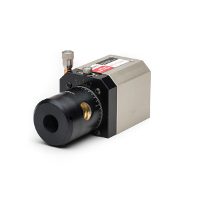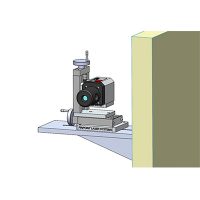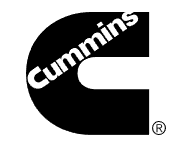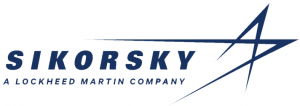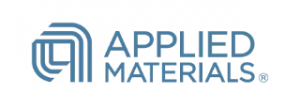Linear stages, slide tables and X-Y tables are used across a range of industries for tasks that require high-precision and repeatable movement. For example, manufacturing equipment like CNC machines and laser cutters depend on linear stages to move tools or workpieces along a precise axis to produce parts to specific dimensions. In some laser cutting and machining applications, X-Y tables are employed to position parts in two dimensions.
Runout can affect the performance of these precision motion systems by causing unwanted deviations or misalignments in positioning. It can impact accuracy in machining, assembly, or positioning during the manufacturing process. For example, if the motion of a linear stage motion deviates from a straight path due to misalignment, the resulting runout can cause wobbling or positional errors that negatively affect the precision of the motion.
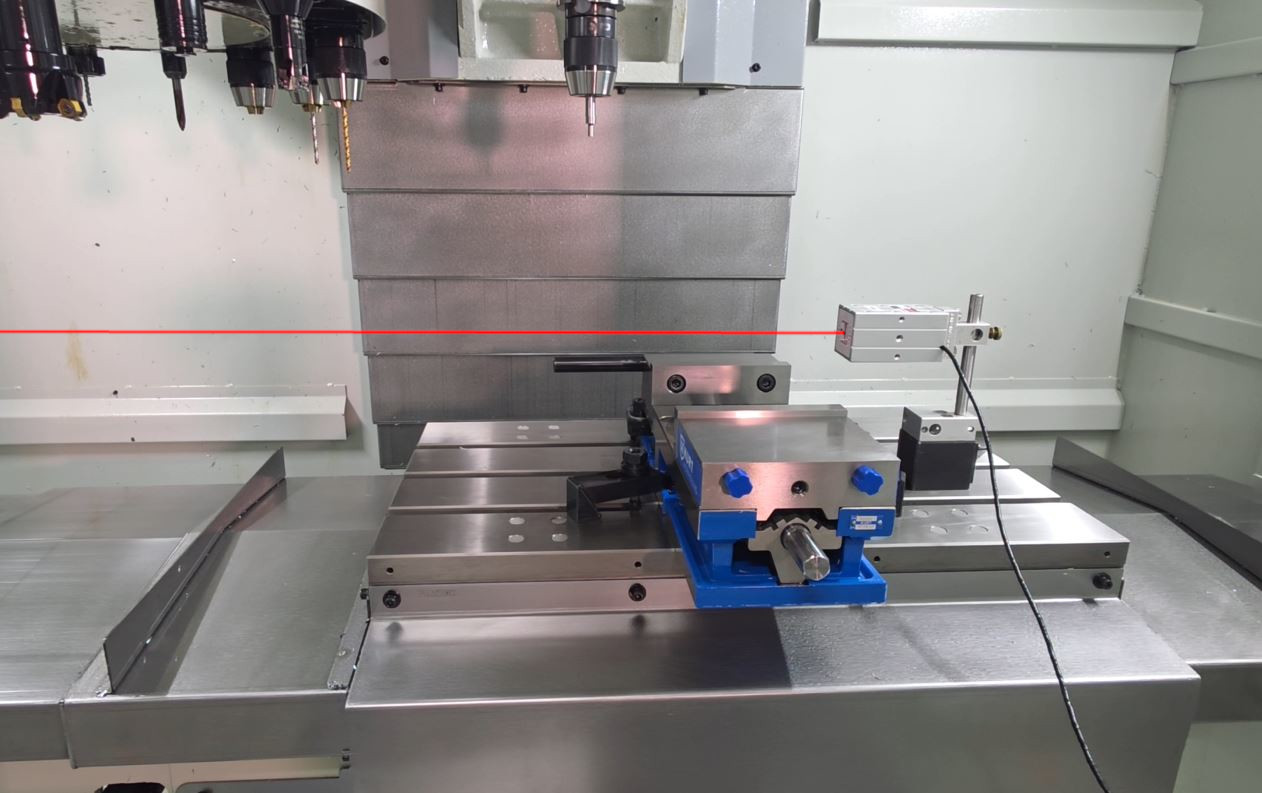
Measuring Runout
Minimizing runout in precision machining is essential to ensure parts are manufactured to tight tolerances. Traditional methods of measuring runout, such as dial indicators and mechanical gauges, have limitations in precision, requiring manual adjustments and are difficult and cumbersome to use. In addition, these methods measure runout at only a few points, providing a less comprehensive assessment with limited data collection. They are also unsuitable for high-speed applications and can be sensitive to environmental factors such as vibration and temperature, which can compromise measurement accuracy.
Benefits of Laser Alignment
Laser alignment systems offer a highly effective method of measuring run-out in various moving stages and slide systems. They consistently provide extremely precise measurements, enabling the detection of very small tolerances in runout. In precision motion systems, even minor misalignments can cause equipment failure or product defects.
Because they use a laser to measure alignment, the laser reference beam is easy to position and use. A digital receiver is moved along the rail or travels along the with the table or slide and continuously records lateral position readings. They are capable of measuring both angular and positional alignment errors, which is crucial since runout can occur in X, Y and Z axes of machines.
Lasers In Use
In operation, a laser transmitter emits a laser beam that forms a straight line aligned to the axis of travel for a stage, machine tool slide or similar part. A receiver, attached to the moving stage or slide, detects the position of the beam and records any positional shifts, allowing for accurate runout measurement.
In an application measuring the runout on a CNC machining center with an X-axis stage that travels 70 inches, the laser transmitter is positioned at the end of the machining center while the receiver is secured to a table surface. As the table operates through its full motion in the X and Y axes, the receiver records readings every three inches corresponding to the position of the moving table.
These measurements are entered into a spreadsheet program with a straight line fitting routine to profile the runout. Deviations from the straight line indicate X and Y displacement errors in the stage’s travel. This feedback enables operators to make corrections to machines and monitor their performance over time.
Incorporating laser alignment systems into regular maintenance plans enables early detection of runout for more proactive adjustments to ensure equipment runs optimally with minimal unplanned downtime.





